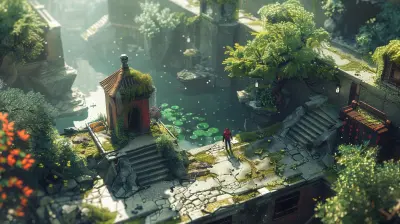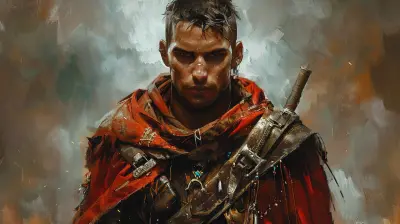Reviving the Classics: Remakes and Remasters That Stay True to the Originals
19 May 2025
Let’s be real — we’ve all got that one classic game we hold dear. You know the one. Maybe it’s a nostalgic trip to Midgar, or a mad dash through Raccoon City. These games aren’t just pixels on a screen; they’re a piece of us, woven into the fabric of our memories. But when a beloved classic is announced as a "remake" or "remaster," the hype is often matched with trepidation. Will it honor the original? Or botch its legacy beyond recognition?
In recent years, game developers have taken this challenge seriously, delivering remakes and remasters that respect the roots while giving them a fresh coat of paint. And hey, decades later, we’re still invested. So, buckle up—because we’re diving into some of the best examples of how to resurrect a classic without losing the magic that made it legendary.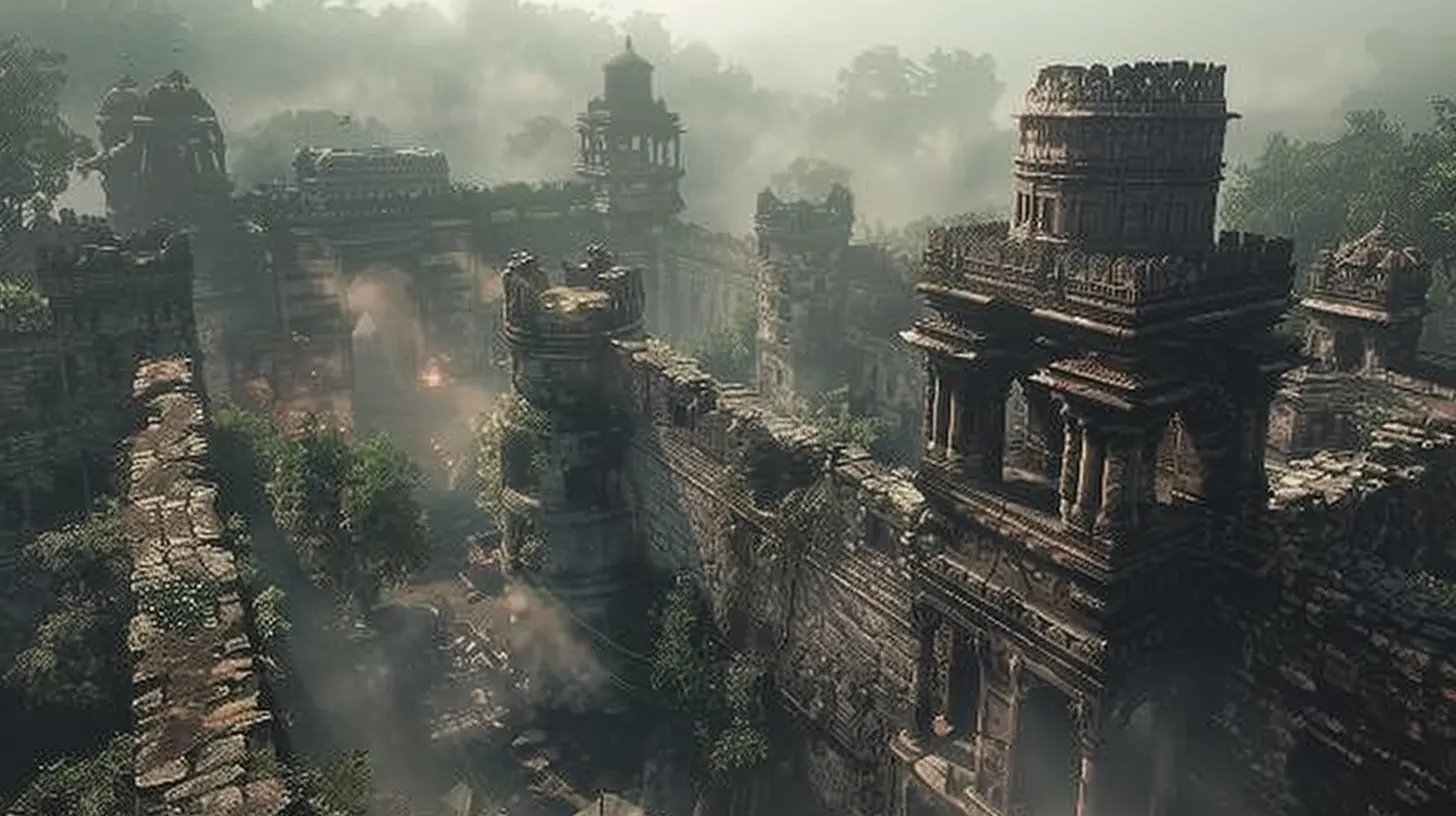
What’s the Deal With Remakes and Remasters?
Alright, first things first—what’s the difference between a remake and a remaster? Think of the two as siblings with distinct personalities. A remake is like rebuilding your childhood LEGO spaceship from scratch but with better bricks and a sharper design. It recreates the original game, often adding new mechanics, story elements, or modern visuals.A remaster, on the other hand, is more like fixing up an old photo in a digital editor. The core stays the same, but the edges are smoothed, the colors pop, and you might even throw on a fancy filter. It’s still the game you loved, just spiffed up for today’s tech.
Both approaches aim to breathe new life into older titles, but they walk a fine line. Fans expect something that feels familiar yet fresh. Pull it off, and the results can be spectacular. Mess it up? Well, let’s just say the internet won’t let you forget it anytime soon.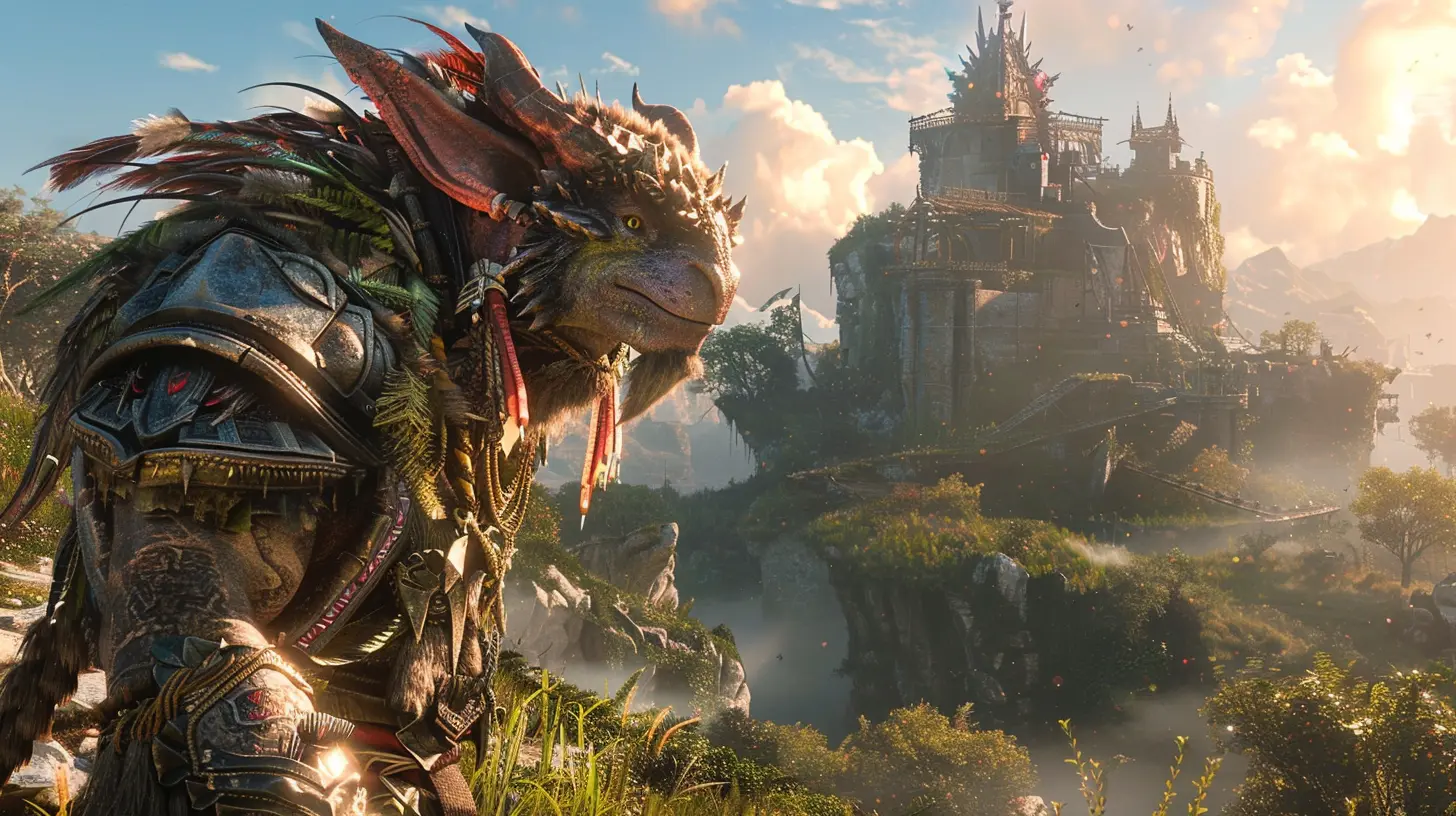
The Perfect Blueprint: Games That Got It Right
1. Final Fantasy VII Remake – A Masterclass in Reinvention
When Square Enix announced they were remaking Final Fantasy VII, fans broke into two camps: cautiously optimistic and downright terrified. The original 1997 RPG is a sacred cow, considered one of the greatest games of all time. Could they really do it justice?Spoiler alert—they nailed it. Final Fantasy VII Remake isn’t just a prettier version of the original; it’s a whole new experience. The reimagined combat system strikes the perfect balance between real-time action and strategic planning. The characters you grew to love? They feel more alive than ever, thanks to top-notch voice acting and nuanced expressions. And let’s not forget the expanded story, which adds depth without derailing the plot we know and love.
It’s like taking your favorite old mixtape and remixing it into something new while keeping the soul intact.
2. Resident Evil 2 – Survival Horror Perfected
Capcom’s Resident Evil 2 remake is the gold standard for modernizing a classic. The 1998 original was revolutionary for survival horror, but let’s face it—it hasn’t aged gracefully. Tank controls, fixed camera angles… yeah, those were rough.The 2019 remake said goodbye to those relics of the past and introduced sleek, third-person gameplay. The game is dripping with atmosphere—dim corridors, horrifying creatures, and a sound design that’ll have you jumping at every creak. But here’s the kicker: while the visuals and mechanics are fresh, the core fear factor remains the same. It’s still spine-chilling, edge-of-your-seat terror, just brought up to 21st-century standards.
3. Crash Bandicoot N. Sane Trilogy – Nostalgia Turned Up to 11
Remember the frustration (and satisfaction) of nailing those pixel-perfect jumps in Crash Bandicoot? Well, the N. Sane Trilogy gives all the same feels but with a gorgeous new look. Activision didn’t mess with the formula—Crash still hops, spins, and faceplants just like you remember.What’s brilliant here is that they didn’t overthink it. They didn’t try to cram in unnecessary mechanics or rewrite the story. They simply polished up the existing gameplay and gave it a vibrant, modern art style. Playing it feels like coming home after years away—comfortingly familiar, but somehow better.
4. The Legend of Zelda: Link’s Awakening – A Whimsical Facelift
Nintendo’s Link’s Awakening remake for the Switch is what you’d get if someone turned a childhood memory into a clay diorama. The 1993 Game Boy classic was lovingly rebuilt with a toy-like aesthetic that’s impossible not to adore.Here’s what’s wild: beneath its cutesy surface, it’s still the same game. The puzzles, the quirky characters, the bizarre dreamlike vibe—it’s all there. Nintendo didn’t need to overhaul the story or gameplay because the original’s charm was already timeless. Instead, they focused on breathing new life into the visuals and tightening up the mechanics, making it accessible for a whole new generation.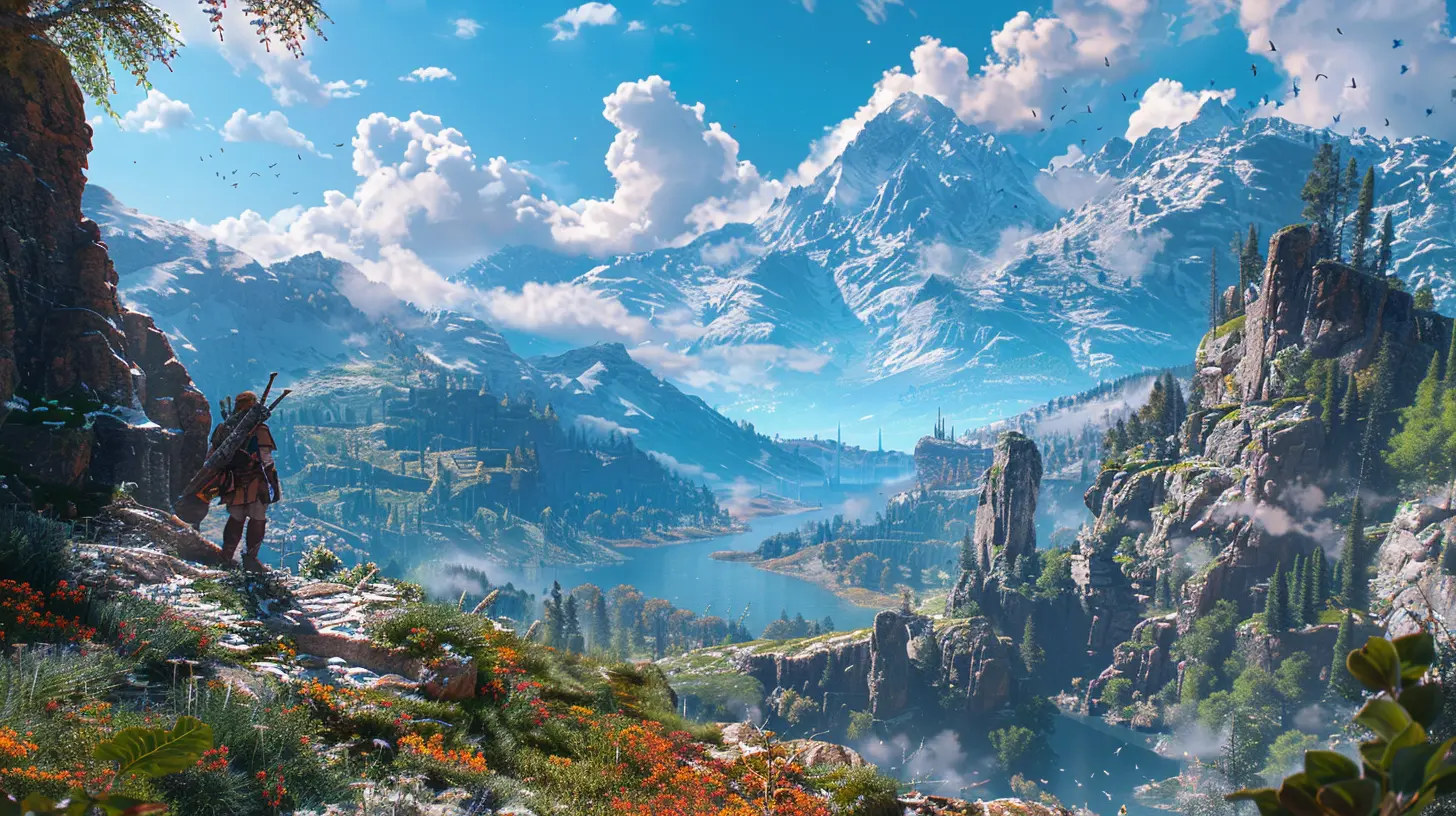
What Makes a Great Remake or Remaster?
Not every remake or remaster gets it right. Some miss the mark entirely (we’re looking at you, Silent Hill HD Collection). So, what separates the great from the forgettable? Here are a few golden rules:1. Respect the Source Material: Fans don’t want a carbon copy, but they also don’t want a game that feels like a distant cousin. The key is honoring what made the original special.
2. Modernize Without Overwhelming: Updates should enhance, not overshadow. Whether it’s smoother controls, refined visuals, or added content, it needs to feel like a natural evolution.
3. Avoid Cutting Corners: Half-hearted remasters that slap on higher textures but keep the clunky gameplay? Hard pass. Effort matters.
4. Balance Nostalgia and Innovation: A great remake walks the tightrope between tapping into nostalgia and creating something fresh. It’s not easy, but it’s worth it.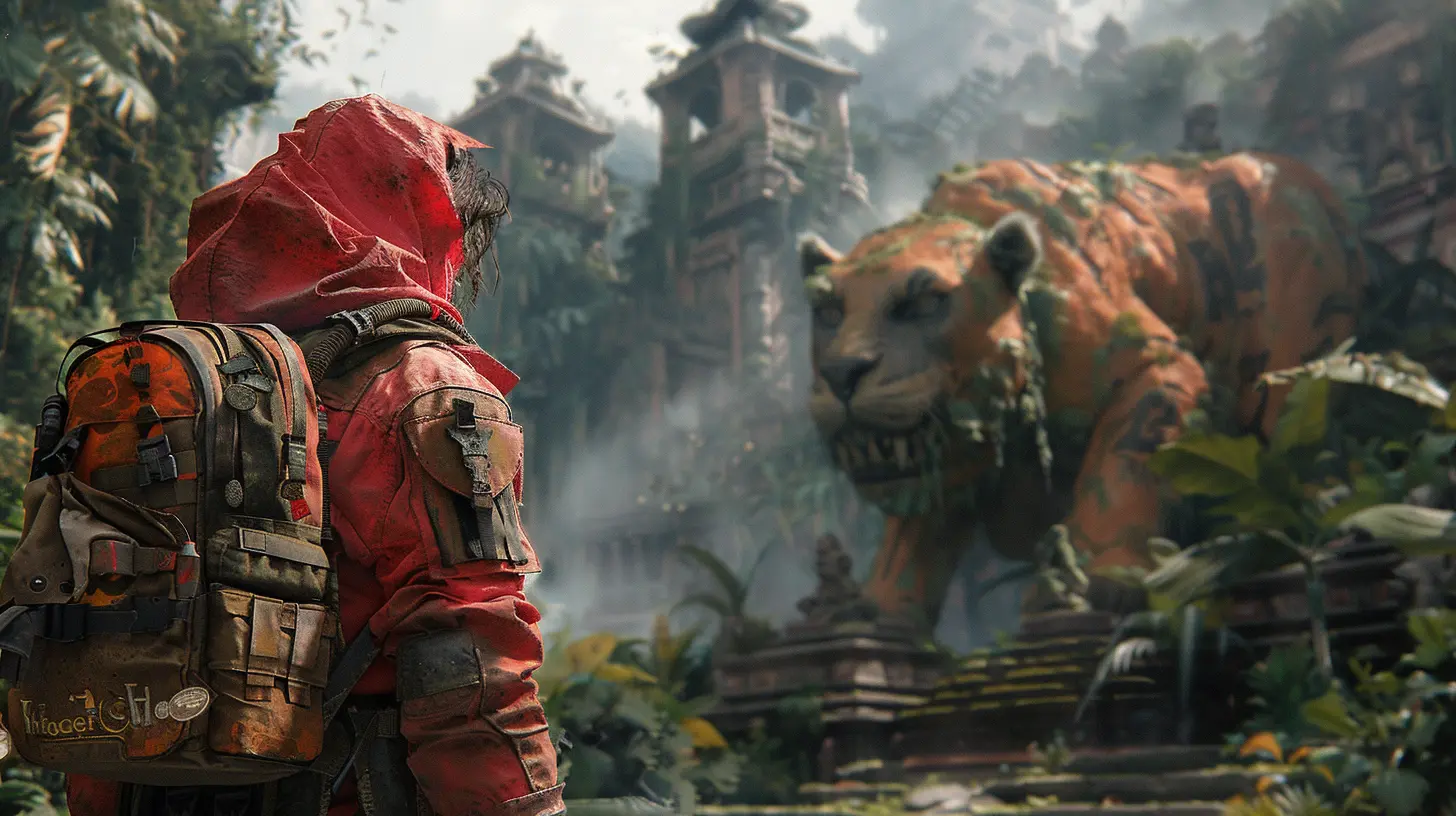
The Fine Line Between Homage and Disaster
Not every attempt to revive a classic ends in applause. Some projects try too hard to reinvent the wheel, alienating the fanbase in the process. Others cut corners, delivering a product that feels like a quick cash grab. Case in point: the Warcraft III: Reforged debacle. Fans expected an upgraded masterpiece and got… well, less than stellar results. Missing features, bugs galore, and lackluster updates tarnished its legacy.This is where developers need to tread carefully. Gamers might be nostalgic, but they’re also fiercely protective of their favorite titles. Treat them with the respect they deserve, and you’ll have a hit. Dismiss their concerns, and you’ll have a PR nightmare.
Why Reviving Classics Will Always Matter
Why do we even care so much about these games from the past? Because they’re more than just entertainment. They’re a shared language, a bridge to our younger selves, and a reminder of simpler times.Bringing back classics in a thoughtful, intentional way ensures they don’t fade away. It also gives newer players a chance to experience them. After all, not everyone has a functioning PS1 tucked in their closet, right?
Gaming is an evolving medium, but its history deserves to be preserved. And remakes and remasters, when done right, are the perfect way to keep that history alive without relegating it to dusty cartridges and fading memories.
The Future of Remakes and Remasters
Looking ahead, it’s clear that remakes and remasters are here to stay. With tech advancing rapidly, there’s so much potential to breathe new life into forgotten gems. Imagine a Chrono Trigger remake with modern visuals or a remastered Legacy of Kain series. The possibilities are endless.But one thing’s for sure—if developers respect the heart of the original while embracing the future, we’re in for some unforgettable gaming experiences.
all images in this post were generated using AI tools
Category:
Game ReviewsAuthor:

Brianna Reyes
Discussion
rate this article
3 comments
Renee Baker
In reviving classics, developers tread a fine line between nostalgia and innovation. True homage lies not just in visuals, but in capturing the essence that defined the original.
May 21, 2025 at 3:23 AM

Brianna Reyes
Absolutely, striking that balance is crucial; it's about honoring the original spirit while also bringing fresh experiences to new audiences.
Ruby Tucker
Ah, the nostalgia of remakes! It’s like seeing your childhood crush again, but this time with better graphics and less awkward small talk. Here’s hoping they don’t change the pizza topping from pepperoni to kale!
May 20, 2025 at 2:11 PM

Brianna Reyes
Absolutely! It’s all about preserving that magic while enhancing the experience—pepperoni forever!
Isaiah McTavish
Excited to see beloved classics reborn! Nostalgia meets modern gaming—perfect blend!
May 19, 2025 at 2:55 AM

Brianna Reyes
Thank you! It's great to hear that nostalgia resonates with players while embracing modern innovations.
